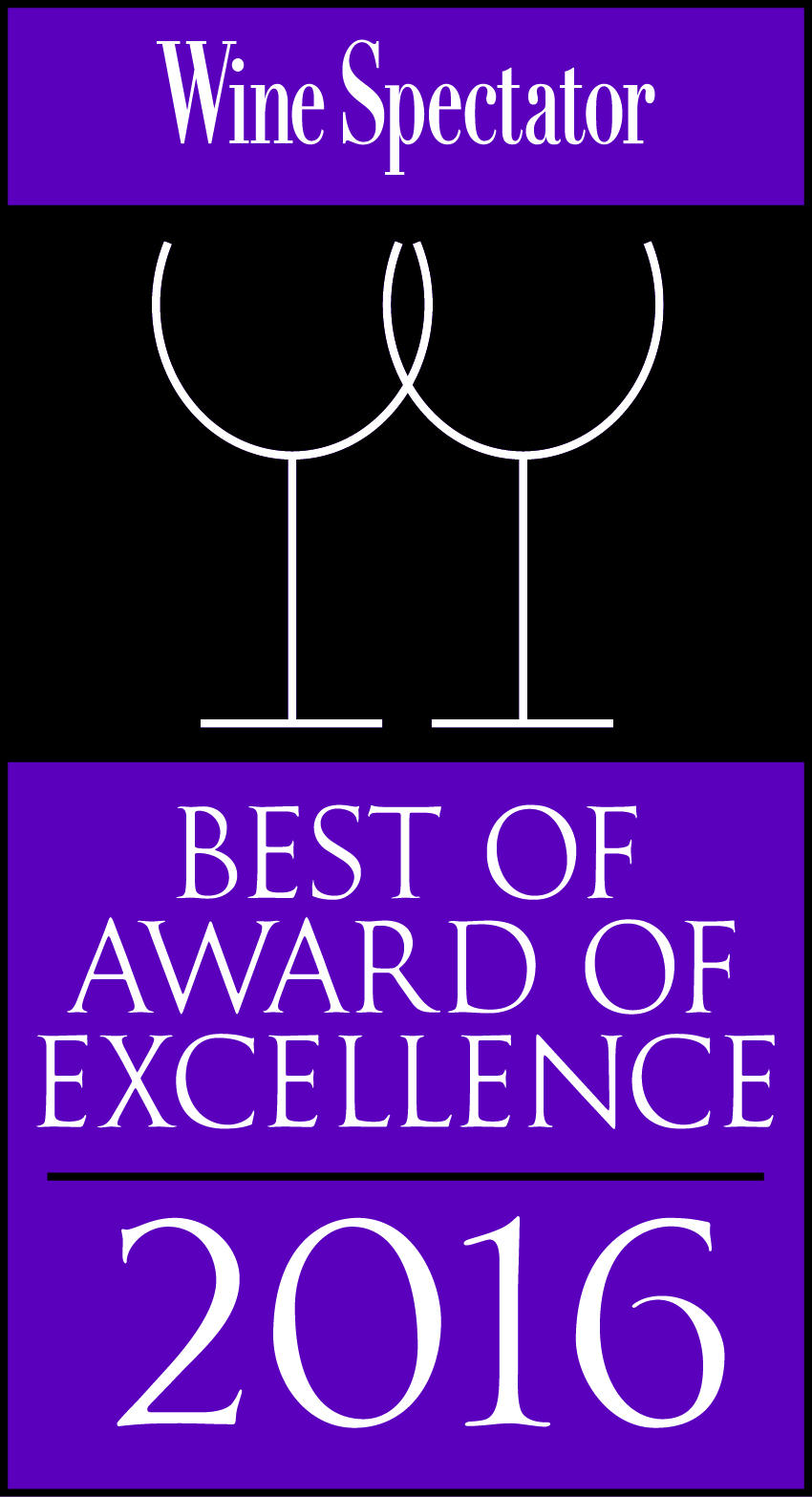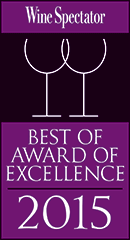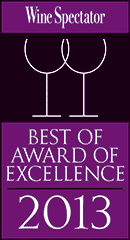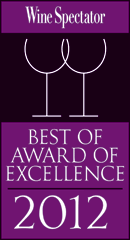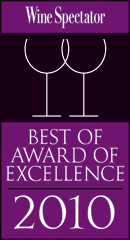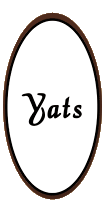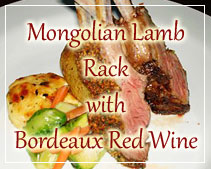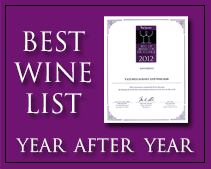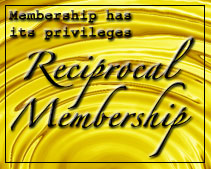Wines Sancerre and Pouilly Fume in Loire Valley of France
January 9, 2011
About Wines from Loire Valley of France
Best wine supplier in Philippines discusses wine related topics
Touraine Part 2
It is essential when exploring the towns of Chinon and Bourgueil that you try your best to flood your hotel. The town of Chinon is pleasant enough, and holds some happy memories; Bourgueil is much smaller, a few dusty streets with a church and a post office, if I recall correctly (I probably don’t). Blink and you will miss St-Nicolas-de-Bourgueil. But whatever your opinion of these three towns and their respective appellations, which are home to the Loire’s most classic, unique, identifiable and occasionally delicious red wines, there is no doubt that a visit here is spiced up no end by a quick hotel-based flood.
It wasn’t my fault, of course. Back in the 1980s I had no experience of this sort of shower cubicle, and when I splashed around in the puddle of water at my feet it was with delight, not with trepidation at what lay outside the shower doors. How was I to know the shower was blocked? I only realised, with horror, when I walked out of the shower; the splashing that had gone on inside, did not stop outside. A large pool of water slowly seeped across the floor of my room.
The natural response was obvious; it was a warm day, so open the window. My next thought concerned the people below me; were they now enjoying an impromptu shower? A quick recce of the floor below revealed my room was directly above the kitchens. At least I thought so; the winding staircase and strangely angled corners made it difficult to determine with any modicum of confidence. Nevertheless I was reassured; the heat of the kitchens might help to dry out my room, and what I could see of the kitchen ceiling looked intact. The next and obviously correct step in this course of action would be to inform the hotel staff of the blockage, so that it could be fixed, but my priorities lay elsewhere. I struck out to taste some wine instead.
Chinon
Chinon is a town on the banks of the Vienne which joins the Loire downstream very close to Fontevraud L’Abbaye, where King Henry II, his betrothed Eleanor of Aquitaine and their son, Richard the Lion Heart, are all buried. These three royals were undoubtedly intimately familiar with the town of Chinon, and its impressive fortress which still stands today, parts of which date back to the 10th Century. This grand castle (part of which is pictured right, circa 2007) sits on the bank of the Vienne, peppered above it and around it are Chinon’s most central vineyards, although there are many more further out of the town. There are in fact eighteen communes within the delimited area for this appellation, running along both sides of the Vienne as far as its union with the Loire itself. The appellation actually allows for white (from Chenin Blanc) and rosé, but it is the red wines, in general exclusively Cabernet Franc although up to 10% Cabernet Sauvignon is permitted (with an overall rendement de base of 55 hl/ha), that are the most distinguished. And it is the terroir that determines the style, there being broadly three types. The most highly regarded terroir is the tuffeau, the Turonian (late Cretaceous) limestone slopes and hills that characterise the communes along the very edge of the Vienne, such as Cravant-les-Coteaux, Anché, Rivière and Chinon itself. This terroir produces the wines with the most structure and body, those that, especially in the greatest vintages, will age so well. Then there are the clay terroirs, the existence of which many tend to overlook. These are of Senonian (also late Cretaceous) and Tertiary origin, the latter are located particularly in Véron, to the northwest of Chinon. These soils tend to produce intermediate wines between those of the tuffeau and the third group, from the alluvial sand and gravel soils of the Plio-Quaternary era, around Cravant-les-Coteaux and Panzoult. This third terroir tends to produce the lighter Chinons.
Such a diverse array of possible styles, even within an individual vigneron’s portfolio, combined with marked vintage influence, can make getting acquainted with the wines of Chinon rather difficult. But it is without doubt worth persevering. The tuffeau throws forth a wine for which we should be thankful, an affordable and ageworthy red wine, usually of 100% Cabernet Franc, perhaps Bordeaux’s most interesting grape when placed in isolation? I have very fond memories of the 1989 Couly-Dutheil Clos de l’Echo, purchased at the domaine, which sadly I finished drinking many years ago. A legendary Chinon from a singular site and a great vintage, which has kept me returning to Chinon ever since, searching for – and occasionally finding – that depth and complexity so readily displayed by that wine in the mid 1990s. Oh, that I had some more to drink today!
Bourgueil & St-Nicolas-de-Bourgueil
Head northwest out of Chinon, past the huge golf ball-like structure of the EDF Centre Nucléaire, across the Loire and you will quickly arrive in Bourgueil. After Chinon, this is the Touraine’s second great red wine appellation, together with St-Nicolas-de-Bourgueil just down the road. These two appellations do hide in the shadow of their near neighbour, I suspect partly because the pronunciation of Chinon is more readily obvious. The wines here can be excellent.
The two appellations lie over eight communes, all of which are eligible for Bourgueil, although St-Nicolas-de-Bourgueil applies only to the commune of that name. It may sound rather lazy of me to say so, but many aspects of these two wines are as for Chinon. The wines, red or rose (no white), are exclusively Cabernet Franc, and the rendement de base is set the same, at 55 hl/ha. The terroir is very similar, with areas of tuffeau as well as sandy, gravelly zones; this is true even of the commune of St-Nicolas. Some wines, therefore, perform well in the cellar, whereas others are lighter and more intended for early, fruit-fuelled drinking.
The difference between Chinon and Bourgueil is thus difficult to elucidate. Each of the appellations, which were all legally defined in 1937, produces a similar set of wines with similar flavour profiles and similar markets. Tasted blind, I do not pretend to be able to distinguish one from the other, especially with the diversity offered by the matrix of terroir, vintage and a myriad of individual vignerons. It might be correct to describe the wines of Bourgueil as more rustic, but this is not universally true, and it is only once the label is revealed that all really becomes clear. In Bourgueil the top names include Jacky Blot of Domaine de la Butte, Yannick Amirault, Pierre-Jacques Druet, Catherine & Pierre Breton and Frederic Mabileau. I have also been impressed by the occasional wine from Cognard-Taluau. Other names that might be worth looking out for include Joël Taluau, Domaine de la Lande, Clos de l’Abbaye (I have fond memories of visiting the small vineyard here, rented out by the Sisters of Saint-Martin) and Audebert et Fils (specifically for the domaine rather than the négoce wines).
The Touraines
Chinon and Bourgueil do not mark the end as far as the red wines of Touraine are considered, just as Vouvray and Montlouis are just a drop in the ocean of white wine here; as the map above shows, there are huge swathes of vineyards not yet described. Many of these are on land that qualifies for the Touraine appellation, or one of its daughters, namely Touraine-Azay-le-Rideau, Touraine-Amboise, Touraine-Mesland and Touraine-Noble-Joué. These regions all have an appellation for red, white (of all levels of sweetness), rosé and sparkling wines. The subregions, such as Azay-le-Rideau are generally where the best wines are found. Conveniently, touring these appellations will also bring you to some of the Loire’s most admired grand chateaux such as Chateau Azay-le-Rideau (above, circa 2004), so it makes for a convenient combination of sightseeing, culture and wine.
The regulations permit a wide variety of grapes, including Cabernet Franc, Cot and Gamay, even Cabernet Sauvignon and Pinot Noir for the reds, Sauvignon Blanc and Chenin for the whites, perhaps with Chardonnay, from 143 communes in Indre-et-Loire and Loir-et-Cher. The rendement de base is 60 hl/ha for the reds and rosés and 65 hl/ha for the whites. Clearly these appellations offer an incredibly diverse selection of wines. There are a few producers with reputations that suggest they are worth looking out for, although in truth I have little experience of many of the domaines in these appellations. There is an estate located in the 16th and 18th Century cellars at the beautiful Chateau de Chenonceau (pictured, again circa 1993) that turns out decent wines for current drinking; they are signposted from the path as you walk towards the chateau. The Confrérie des Vignerons de Oisly et Thésée also has a good reputation. Other producers are no doubt of merit and I would suggest investigation and experimentation; these are hardly wines that will break the bank!
And Finally…
As usual, in order to be comprehensive we must deal with the stragglers and outliers. Perhaps the most significant of these are Cheverny and Cour-Cheverny, twin appellations at the north east corner of the Touraine vineyards only awarded appellation status in 1993. The former yields a fairly standard mix of reds, rosés and whites; the reds are principally Gamay and Pinot Noir, with a maximum 15% Cot or Malbec, and the rosés are mainly Gamay, Pineau d’Aunis and Pinot Noir, although again other varieties may be included. The white wines are principally Sauvignon Blanc, which must constitute between 60 and 85% of the blend, with Chardonnay, Menu Pineau (also known as Arbois or Petit Verdet) and Chenin itself making up the rest. The second of these two appellations, however, is much more esoteric; it allows only for white wines made solely from Romorantin.
In many of the other minor viticultural regions the vine is part of a polyculture, alongside fruits, market vegetables and livestock. Next door to Jasnières and the Coteaux du Loir is the VDQS Coteaux du Vendomois. Valençay, in the southeast corner, has an appellation for the local goat’s cheese, but the wine is bottled as a VDQS, and the region around Haut-Poitou is well known for Charantais melons and lamb, but there is also wine here, again bottled as VDQS. Like Cheverny these latter regions have an appellation for red, white and rosé from a broad range of typical Loire varieties. Honesty is the best policy; I have no real experience of many of these wines, so I don’t provide any guide to the top producers.
Source: http://www.thewinedoctor.com/regionalguides/loiretouraine2.shtml
Are these articles useful for enhancing your wine and dine experience in the Philippines. Do they also help you with travel, leisure, vacation, dining out, nightlife and other leisure activities plans in Manila and other major cities of Philippines? Yats Restaurant hopes to provide you with ample information so you can plan your trips to Pampanga Angeles City Clark Freeport Zone whether you are travelling from Manila or other Asian countries such as Hong Kong, Shanghai, Singapore, Malaysia or Korea.
Restaurant reservations in Manila Philippines, planning of menu, selection of wine for dinner and booking a private function and event in Angeles City Clark Freeport Zone can all be handled. Yats Restaurant and Wine Bar has been regarded by many to be the premier restaurant north of Manila Philippines. Its 3000-line award-winning restaurant wine list has kept many wine lovers happy dining in this restaurant in Angeles City Clark Philippines for over a decade.
Yats Restaurant and Wine Bar was built by Hong Kong-based Yats International in 2000 to provide a world-class cozy fine dining restaurant, business meeting facilities and venues for private dinners and functions in Pampanga Angeles City Clark Freeport Zone. Pampanga Angeles City Clark Philippines was selected for this restaurant because of safety, clean air, absence of traffic and proximity to Manila and Subic.
For comments, inquiries and reservations, email Restaurant@Yats-International.com or call these numbers:
(045) 599-5600 0922-870-5178 0917-520-4401
Http://www.YatsRestaurant.com
Getting to this fine dining restaurant of Angeles City Clark Freeport Zone Pampanga Philippines
How to get to this fine-dining restaurant in Clark Philippines? Once you get to Clark Freeport, go straight until you hit Mimosa. After you enter Mimosa, stay on the left on Mimosa Drive, go past the Holiday Inn and Yats Restaurant (green top, independent 1-storey structure) is on your left. Just past the Yats Restaurant is the London Pub.
